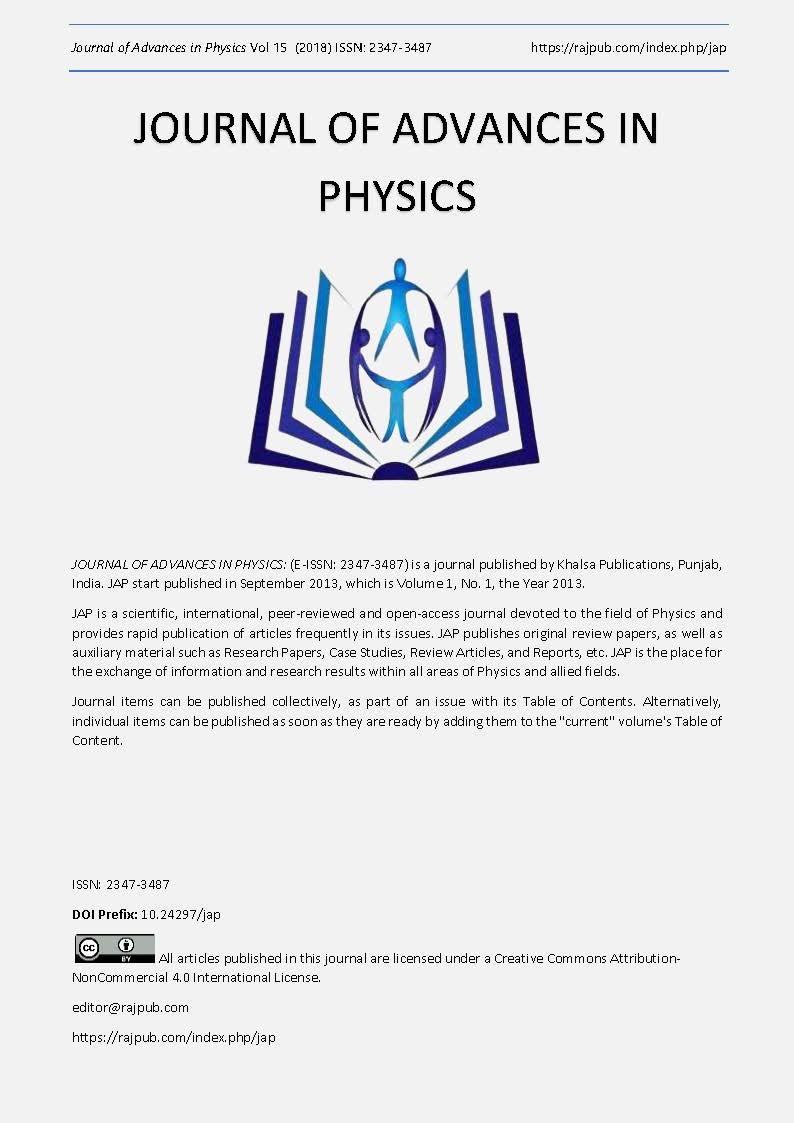Combined Cycle Consisting of Closed Processes Based Cycle Powered by A Reversible Heat Pump that Exceed Carnot Factor
DOI:
https://doi.org/10.24297/jap.v15i0.8034Keywords:
Cooling-based work, Exceeding Carnot factor, First-law extension, Heating-cooling based cycles, Kelvin-Plank statementAbstract
This article deals with the task of analysing a feasible reversible combined cycle composed of a heat pump as the primary cycle and a non-condensing mode thermal engine characterized by operating under a closed processes based cycle that work by adding and releasing heat, as the secondary cycle. Two case studies are analysed and compared. According to the results, the case study based on the combination of a heat pump cycle with an organic Rankine cycle, is the paradigm of a reversible 100% efficient combined cycle. The case study based on a heat pump cycle and a reversible heating-cooling based cycle is the paradigm of a super-efficient combined cycle that yields a 1.486 power ratio (PR) or 148.6% efficiency. Further, the case based on a heat pump cycle with a regenerative irreversible heating-cooling based cycle, is the paradigm of energy conversion and energy generation that yields a 1.29 PR or 129% efficiency assuming limited irreversibilities.
This article deals with the task of analysing a feasible reversible combined cycle composed of a heat pump as the primary cycle and a non-condensing mode thermal engine characterized by operating under a closed processes based cycle that work by adding and releasing heat, as the secondary cycle. Two case studies are analysed and compared. According to the results, the case study based on the combination of a heat pump cycle with an organic Rankine cycle, is the paradigm of a reversible 100% efficient combined cycle. The case study based on a heat pump cycle and a reversible heating-cooling based cycle is the paradigm of a super-efficient combined cycle that yields a 1.486 power ratio (PR) or 148.6% efficiency. Further, the case based on a heat pump cycle with a regenerative irreversible heating-cooling based cycle, is the paradigm of energy conversion and energy generation that yields a 1.29 PR or 129% efficiency assuming limited irreversibilities.
Downloads
References
Ferreiro Garcia R. Contributions on Closed System Transformations Based Thermal Cycles. British Journal of Applied Science and Technology (BJAST) 2014; 4:2821–2836. doi:10.9734/bjast/2014/10074.
Ferreiro Garcia R. Preliminary Study of an Efficient OTEC Using a Thermal Cycle with Closed Thermodynamic Transformations. British Journal of Applied Science and Technology (BJAST) 2014; 4:3840–3855. doi:10.9734/bjast/2014/11152.
Ferreiro Garcia R, Sanz B, Sanz C. Power Plant Driven by Residual Heat Rejected by the Secondary Low Pressure Steam Turbines. British Journal of Applied Science and Technology (BJAST) 2015;6:216–228. doi:10.9734/bjast/2015/12111.
Ferreiro Garcia R, Sanz B, Sanz C. Isothermal and Adiabatic Expansion based Trilñateral Cycles. British Journal of Applied Science and Technology (BJAST) 2015;8(5): 448–460. doi:10.9734/bjast/2015/12111.
Ferreiro Garcia R, Sanz B. The Behaviour of Some Working Fluids Applied on the Trilateral Cycles with Isothermal Controlled Expansion. British Journal of Applied Science and Technology (BJAST) 2015;9:450–463. doi:10.9734/bjast/2015/18624.
Ferreiro Garcia R, Carril JC, Gomez JR, Gomez MR. Preliminary thermodynamic study of regenerative Otto based cycles with zero NOx emissions operating with adiabatic and polytropic expansion. Energy Conversion and Management 2016; 113: 252–263. http://dx.doi.org/10.1016/j.enconman.2016.01.066.
Ferreiro Garcia R, Carril JC, Gomez JR, Gomez MR. Energy and entropy analysis of closed adiabatic expansion based trilateral cycles. Energy Conversion and Management 2016;119:49–59. doi:10.1016/j.enconman.2016.04.031.
Xiaohui S., Yonggao Y., Xiaosong Z., Thermodynamic analysis of a novel energy-efficient refrigeration system subcooled by liquid desiccant dehumidification and evaporation. Energy Conversion and Management. 2014;78: 286–296.
Mandegari M, Farzad S, Pahlavanzadeh H. Exergy performance analysis and optimization of a desiccant wheel system. J. Therm. Sci. Eng. App. 2015;7: 3101301-3101310.
Jani DB, Mishra M, Sahoo PK. Exergy analysis of solid desiccant–vapour compression hybrid air conditioning system. Int. J. Exergy. 2016; 20(4):517-535.
Min-Hwi Kim, Jun-Seok Park, Jae-Weon Jeong, Energy saving potential of liquid desiccant in evaporative cooling-assisted 100 (%) outdoor air system. Energy 2013; 59:726-736.
Li Yinglin, Zhang Xiaosong, Tan Laizai, Zhang Zhongbin, Wu Wei, Xia Xueying. Performance analysis of a novel liquid desiccant-vapour compression hybrid air-conditioning system. Energy 2016; 109: 180-189.
X. Cui, M.R. Islam, B. Mohan, K.J. Chua. Theoretical analysis of a liquid desiccant based indirect evaporative cooling system. Energy 2016; 95: 303-312.
David Van Den Einde, The supercritical solvent thermal cycles: A challenge to the second law, Physics Essays. 2010; 23(4):550-553.
David Van Den Einde, A potential for complete Rankine cycle exhaust heat regeneration, Physics Essays. 2016; 29(3):297-300.
Ferreiro Garcia R., Carbia Carril J., Iglesias Garcia S., Low-grade heat-based thermal cycles unconstrained by the Carnot factor doing work by cooling, Energy, 122 (2017)204-213.
Lemmon E. W., Huber M. L., and McLinden M. O. NIST Reference Fluid Thermodynamic and Transport Properties - REFPROP Version 8.0, User's Guide, NIST 2007, Boulder, Colorado.
Downloads
Published
How to Cite
Issue
Section
License
 All articles published in Journal of Advances in Linguistics are licensed under a Creative Commons Attribution 4.0 International License.
All articles published in Journal of Advances in Linguistics are licensed under a Creative Commons Attribution 4.0 International License.




